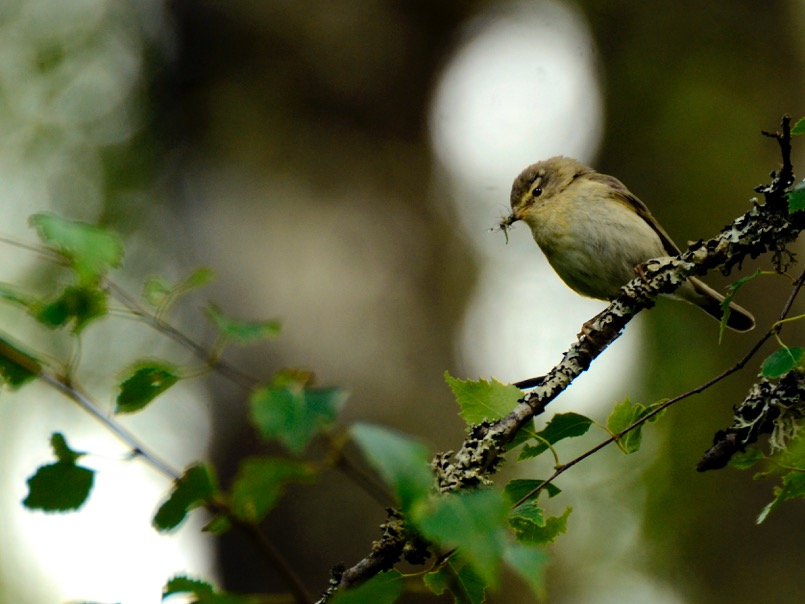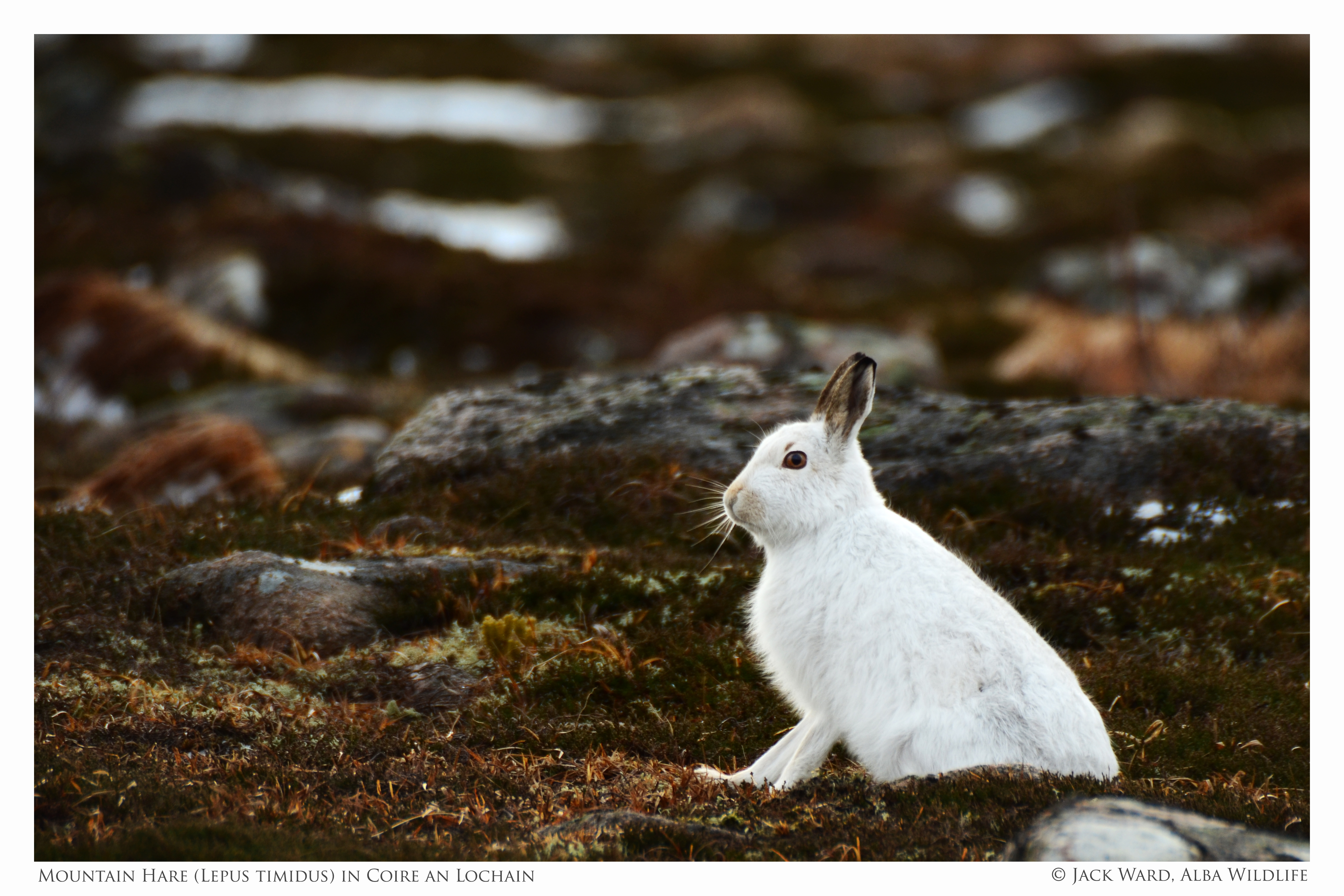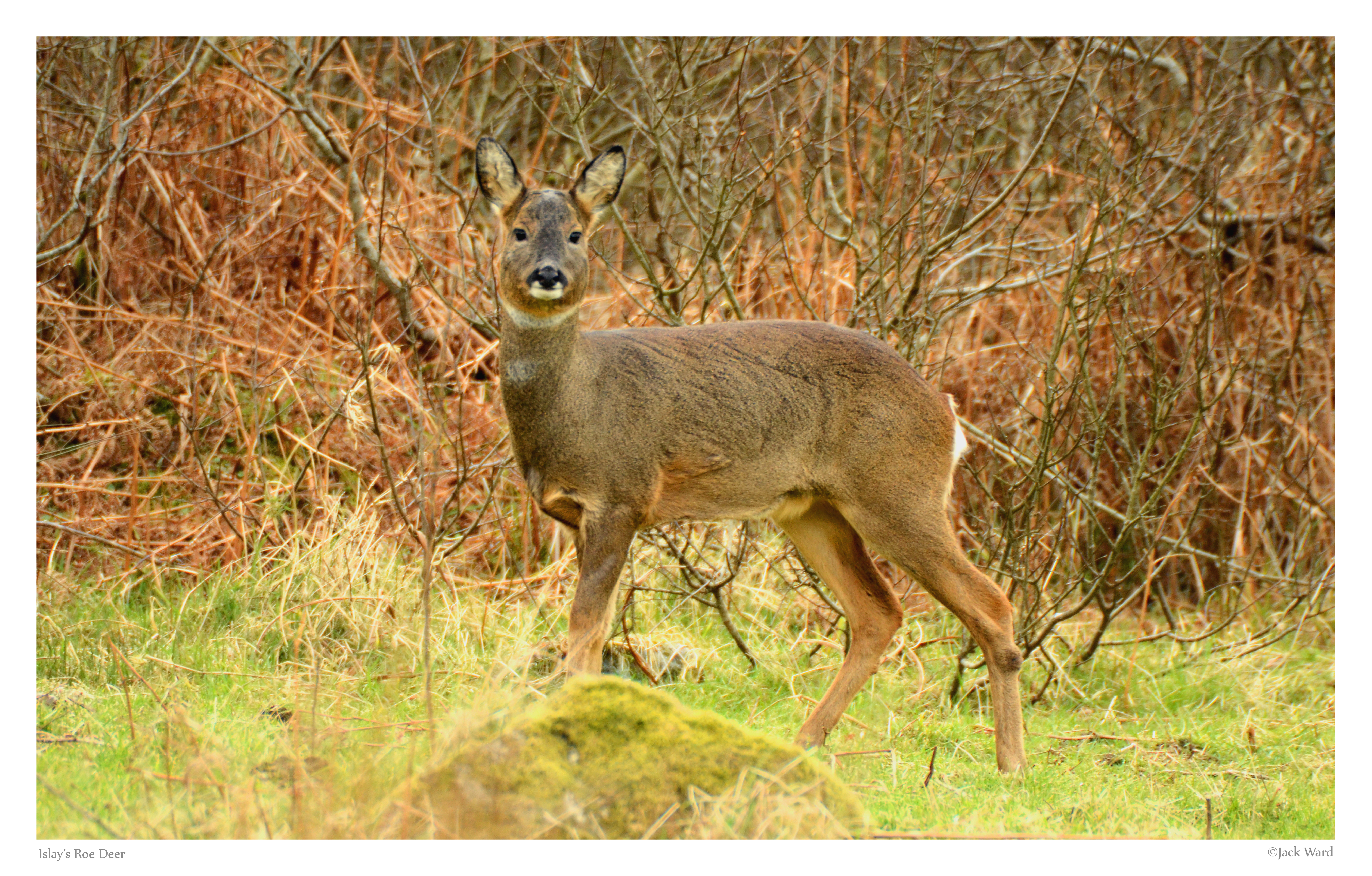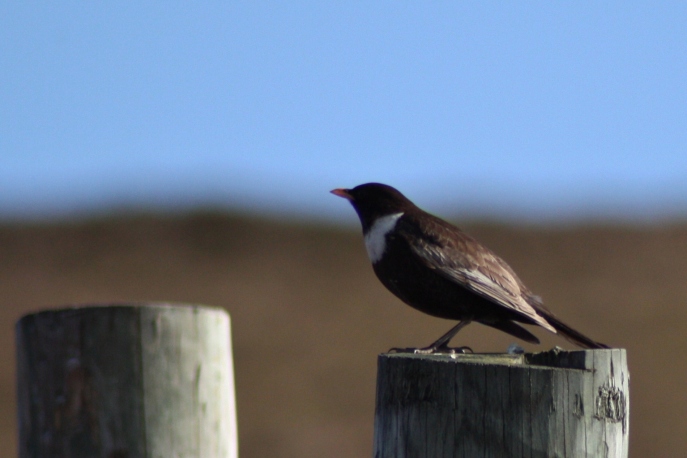As the year rolls from March into April, here in the Highlands we start to see more definite signs of spring. The snowdrops have of course been and gone, but now the daffodils are out in their full glory, along with primroses and crocuses. There is a noticeable difference in the grass too – during March there is very little colour in the fields, everything is a washed out browny-yellow. But as April approaches, I start squinting at the verges – is there just a hint of fresh green there? By now there is no doubt, the Paddocks and garden are looking almost lush and their first cut is fast approaching. For all of you down in England, I do appreciate that you’ve probably had the lawnmower out several times already, but we have the longest winters in the UK here – one of the reasons it is still a suitable habitat for reindeer.

Up on the mountain, the deer grass is breaking through, and the first migrant birds are arriving back from their winter holidays – there were three ring ouzel squabbling their way along the path as I walked out to feed the herd this morning. I’ve heard tell that the first swallows are in Devon (it’ll still be a few days until they pass by us) and the distinctive osprey pair are back at Loch Garten – we popped along the other day and were glad to see EJ hanging out on the nest, and a brief visit from her long-term partner Odin. Last year I watched a pair circling over the hill enclosure, just checking out Black Loch perhaps before deciding it wasn’t suitable to nest at.
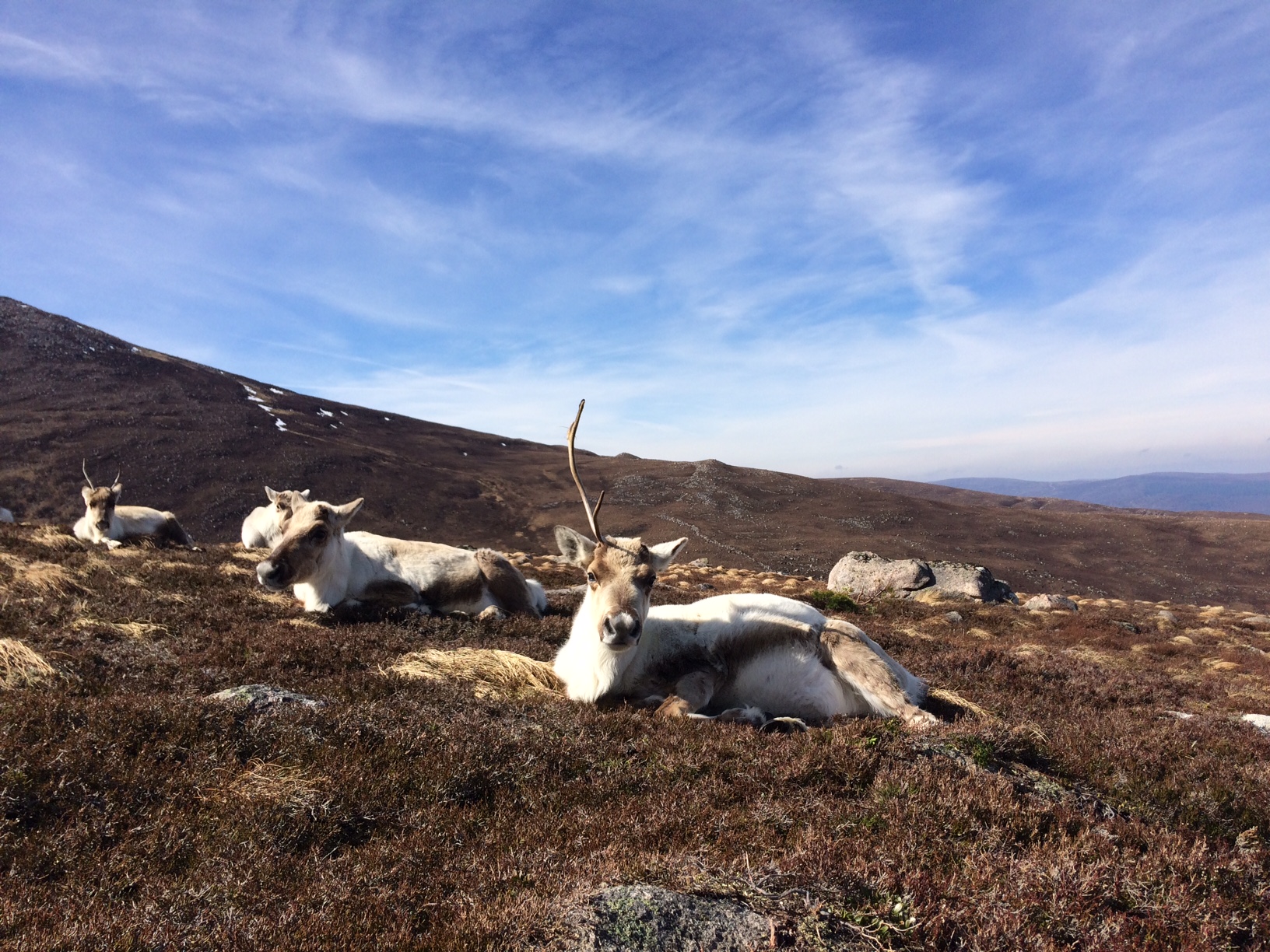
April is a fun time to spend with the reindeer, with anticipation in the air. The females tend to be relaxed and lazy, with heavy tummies and enjoying the fresh grazing starting to come through. Their coats have lost their sheen and are starting to moult, and most of last year’s antlers have fallen off, with some making good progress on this year’s set. Slightly less relaxing (for us, but not the reindeer) is the start of the Easter holidays, with its associated rush of visitors. Having a limit on numbers for the Hill Trip has certainly made our lives less stressful though and hopefully improves the experience for our visitors too – just a reminder to come early if you’re coming for the Trip to make sure you get tickets!
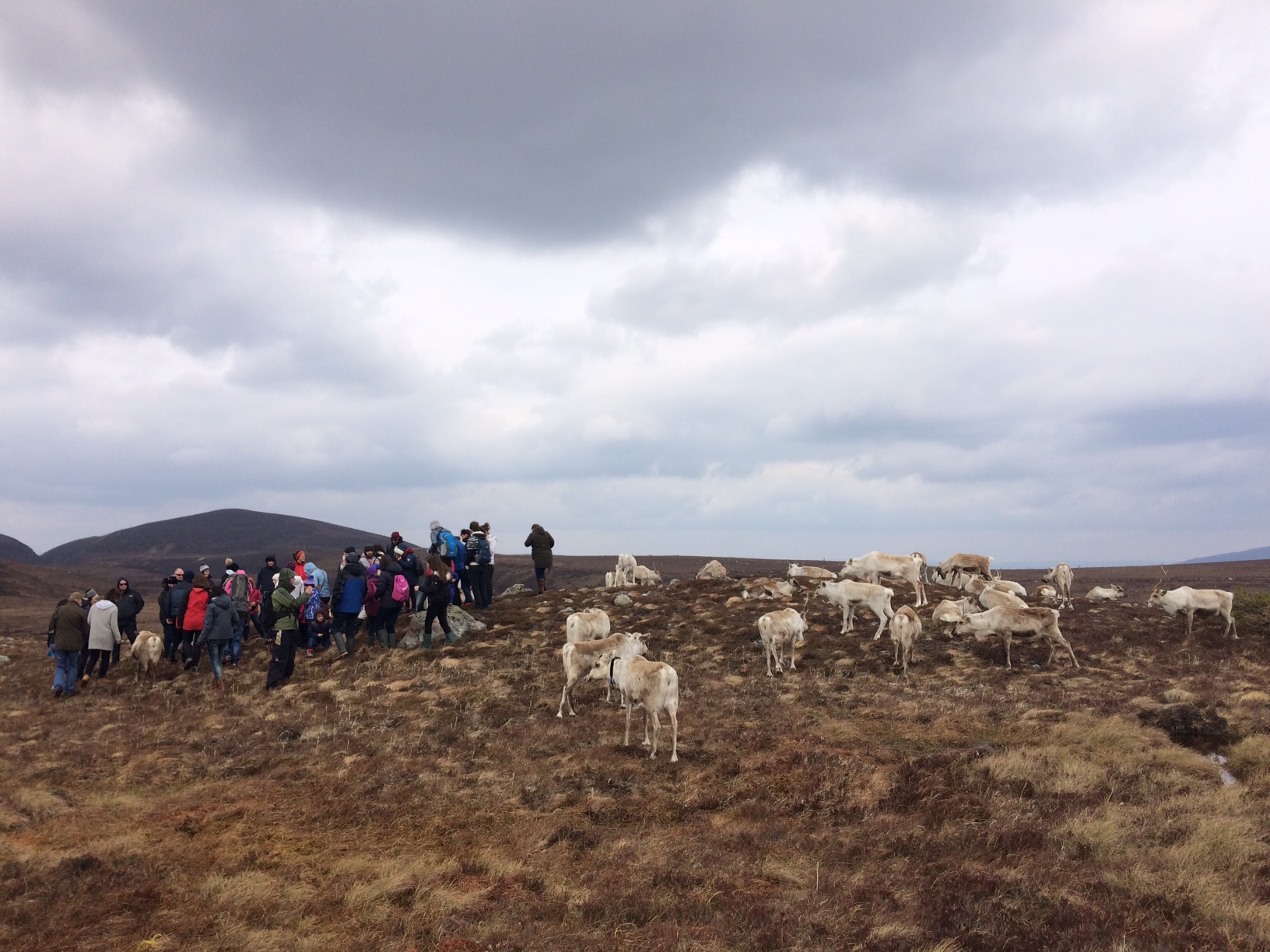
The other slight bit of stress is that all of us herders are assessing who we should pick for our calving “bet” – the annual game of trying to guess who will calve first. Us herders spend a lot of time peering at bellies and potential developing udders, trying to work out who is pregnant and who is likely to calve early. There isn’t any money put down, and indeed no prize for winning, but the person whose reindeer calves last has to swim in the loch! The decisions are mostly made now, but I’m already slightly apprehensive that I’ve made the wrong choice – suddenly everyone else’s choices appear much rounder in the belly department than mine… I’ll stick to my guns though with fingers crossed!

Normally, spring is a welcome relief after a long hard winter… this year I can’t really claim that as it’s been a very easy winter with little snow, but it’s still lovely to see the lengthening days and warmer temperatures, with the promise of a (hopefully) long, glorious summer ahead. Fingers crossed that it’s warm to make for an easier swim if I end up losing the bet!
Andi


